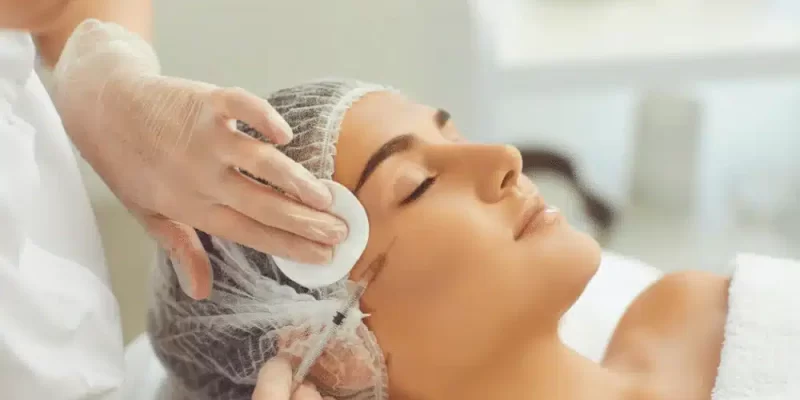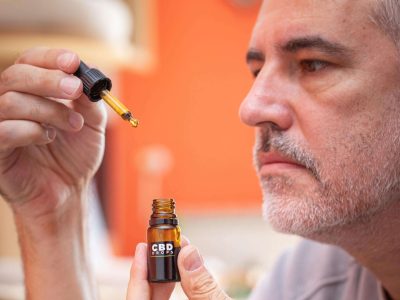As we age, our cheeks can lose volume and structure, contributing to a tired or sunken appearance. Cheek fillers are a popular and effective way to restore volume, enhance cheek contours, and achieve a more youthful look. But with so many options available, how do you know which cheek filler is right for you?
In this article, we’ll break down everything you need to know about choosing the right cheek fillers in Melbourne, from understanding different types of fillers to considering important factors like your skin type, desired results, and the expertise of the injector.
What Are Cheek Fillers?
Cheek fillers are injectable dermal fillers used to restore volume to the cheeks, enhance cheekbones, and improve the overall contour of the face. They can also address sagging skin and hollow areas, which are common signs of aging. Cheek fillers are often made from substances like hyaluronic acid (HA), calcium hydroxyapatite, or poly-L-lactic acid—each with different benefits and purposes.
The treatment is minimally invasive, quick, and requires no downtime. Depending on the type of filler used, the results can last from several months to up to two years. While the treatment does not provide permanent results, it offers a non-surgical way to rejuvenate the face and restore youthful volume.
Types of Cheek Fillers Available
There are several types of cheek fillers, each with its own set of benefits. Here’s a quick overview of the most common options:
1. Hyaluronic Acid (HA) Fillers
Hyaluronic acid is one of the most popular and commonly used fillers. It naturally occurs in the skin, where it helps retain moisture and support tissue volume. HA fillers like Juvéderm Voluma and Restylane Lyft are excellent choices for cheek augmentation, as they are versatile, offer natural-looking results, and can be dissolved if necessary.
2. Calcium Hydroxyapatite Fillers
Fillers such as Radiesse are made of calcium-based microspheres suspended in a gel. These fillers provide a denser, firmer result and are often used for deep volume loss. They also stimulate collagen production, leading to longer-term benefits even after the filler has dissolved.
3. Poly-L-Lactic Acid Fillers
Sculptra is an example of a poly-L-lactic acid (PLLA) filler. Unlike HA fillers, Sculptra works by stimulating the body’s collagen production over time. Results are gradual, but they can last up to two years. This type of filler is ideal for patients with more significant volume loss and those seeking a more long-term solution.
4. PMMA Fillers
Bellafill is a popular PMMA (polymethyl methacrylate) filler that provides long-lasting results. PMMA fillers contain tiny synthetic beads that provide structural support and help maintain the shape of the cheek for several years.
Factors to Consider When Choosing Cheek Fillers
Choosing the right cheek filler involves more than just picking a product—it requires understanding your unique needs, skin type, and goals. Here are the key factors to consider when making your decision:
1. Desired Results
Your aesthetic goals should be the primary factor when choosing a cheek filler. Are you looking for subtle volume restoration or more dramatic contouring? For instance:
- Subtle volume enhancement: If you’re looking for a natural, subtle lift with minimal volume loss, hyaluronic acid fillers like Juvéderm Voluma may be the best choice.
- Dramatic contouring: If you want to create more noticeable lift or enhance the cheekbones significantly, a firmer filler like Radiesse (calcium hydroxyapatite) or Sculptra (PLLA) might be ideal.
- Skin tightening and collagen stimulation: If you’re also hoping to stimulate collagen production for longer-term rejuvenation, Sculptra or Radiesse can be beneficial.
It’s important to have a clear idea of how much volume or contouring you wish to achieve to choose the appropriate filler.
2. Filler Type and Composition
As mentioned, different fillers are made from different materials, each offering unique benefits. The choice of filler should align with your skin’s needs and your goals:
- Hyaluronic Acid (HA): Best for most patients due to its flexibility, ease of use, and reversibility.
- Calcium Hydroxyapatite (Radiesse): Ideal for deeper volume loss and for those who want firmer, more structured results.
- Poly-L-Lactic Acid (Sculptra): Best for gradual, long-lasting results and collagen stimulation.
Discussing your preferences with your doctor will help them recommend the best filler for you based on your goals and the areas you want to treat.
3. Skin Type and Age
Your skin type and age can influence the choice of filler. For younger patients with only minor volume loss, HA fillers may be sufficient to restore a youthful appearance. Older individuals who have experienced more significant volume loss might benefit from calcium hydroxyapatite or poly-L-lactic acid fillers for deeper restoration.
Additionally, the condition of your skin will also play a role in filler selection. For instance, thinner skin may require a more subtle, less dense filler to avoid creating an unnatural appearance.
4. Longevity and Maintenance
Cheek fillers are not permanent, so it’s important to consider how long the results will last. Hyaluronic acid fillers typically last around 12-18 months, while calcium hydroxyapatite and poly-L-lactic acid fillers may last longer, up to 2 years or more.
If you’re looking for long-lasting results, you may prefer fillers that stimulate collagen growth, such as Sculptra or Radiesse. However, you’ll need to be prepared for follow-up sessions, as the effects can wear off over time.
5. Budget and Cost Considerations
Cost is an important consideration when choosing a cheek filler. Hyaluronic acid fillers tend to be more affordable upfront, but they may require touch-up sessions more frequently. Calcium hydroxyapatite and poly-L-lactic acid fillers may be more expensive but can last longer, providing better value over time.
It’s a good idea to talk to your provider about your budget and expectations so they can recommend a treatment plan that fits both your aesthetic goals and financial needs.
6. Experience and Qualifications of the Injector
Lastly, the skill and experience of the injector are critical in achieving the desired results. Cheek filler injections require precision to ensure the product is placed correctly for natural-looking enhancement. Always choose a licensed professional, preferably a board-certified dermatologist or plastic surgeon, who has experience in facial aesthetics and understands the nuances of facial anatomy.
Ask to see before-and-after photos of previous patients and read reviews to ensure that the injector has a track record of successful, safe treatments.
How to Prepare for a Cheek Filler Treatment
Before getting cheek fillers, it’s important to follow a few simple steps to ensure the procedure goes smoothly:
- Avoid blood thinners: A week before your treatment, stop taking blood thinners like aspirin or ibuprofen, as they can increase the risk of bruising.
- Hydrate: Make sure your skin is well-hydrated before your appointment for optimal results.
- Consult your injector: During your consultation, your injector will assess your facial anatomy, listen to your goals, and recommend the best filler for you.
What to Expect During and After Cheek Filler Treatment
The procedure is relatively quick and minimally invasive. Your injector will clean the area, and a topical numbing cream may be applied to ensure comfort. Fine needles are then used to inject the filler into the targeted areas.
After the treatment, you may experience mild swelling, bruising, or tenderness, but this usually resolves within a few days. You can typically resume normal activities immediately after treatment, though it’s best to avoid strenuous exercise for 24-48 hours.
Are Cheek Fillers Safe?
Cheek fillers are considered safe when performed by a qualified injector. Side effects are generally mild and temporary, such as swelling or bruising at the injection site. Serious complications are rare but can include infection, uneven results, or allergic reactions.
To minimize risks, ensure you choose an experienced and licensed injector and follow aftercare instructions closely.
Frequently Asked Questions (FAQs)
1. How long does it take for cheek fillers to settle?
It usually takes about 1-2 weeks for the cheek fillers to fully settle and for the final results to be visible.
2. Can I choose the exact contour I want with cheek fillers?
Yes, your injector can customize the treatment to enhance the contours of your cheeks and achieve the look you desire.
3. Are cheek fillers painful?
Most patients report minimal discomfort during the procedure, as numbing cream is applied beforehand to reduce pain.
4. Can I combine cheek fillers with other treatments?
Yes, many people combine cheek fillers with treatments like Botox for crow’s feet or lip fillers for overall facial rejuvenation.
5. How often do I need to get cheek filler touch-ups?
The frequency of touch-ups depends on the type of filler used and your skin’s response, but typically, you may need a touch-up every 6 to 18 months.
Conclusion
Choosing the right cheek filler in Melbourne involves understanding your goals, selecting the appropriate dermal fillers type, and finding a skilled provider. By considering these factors and discussing them during your consultation, you can achieve the desired results effectively and safely.








Comments